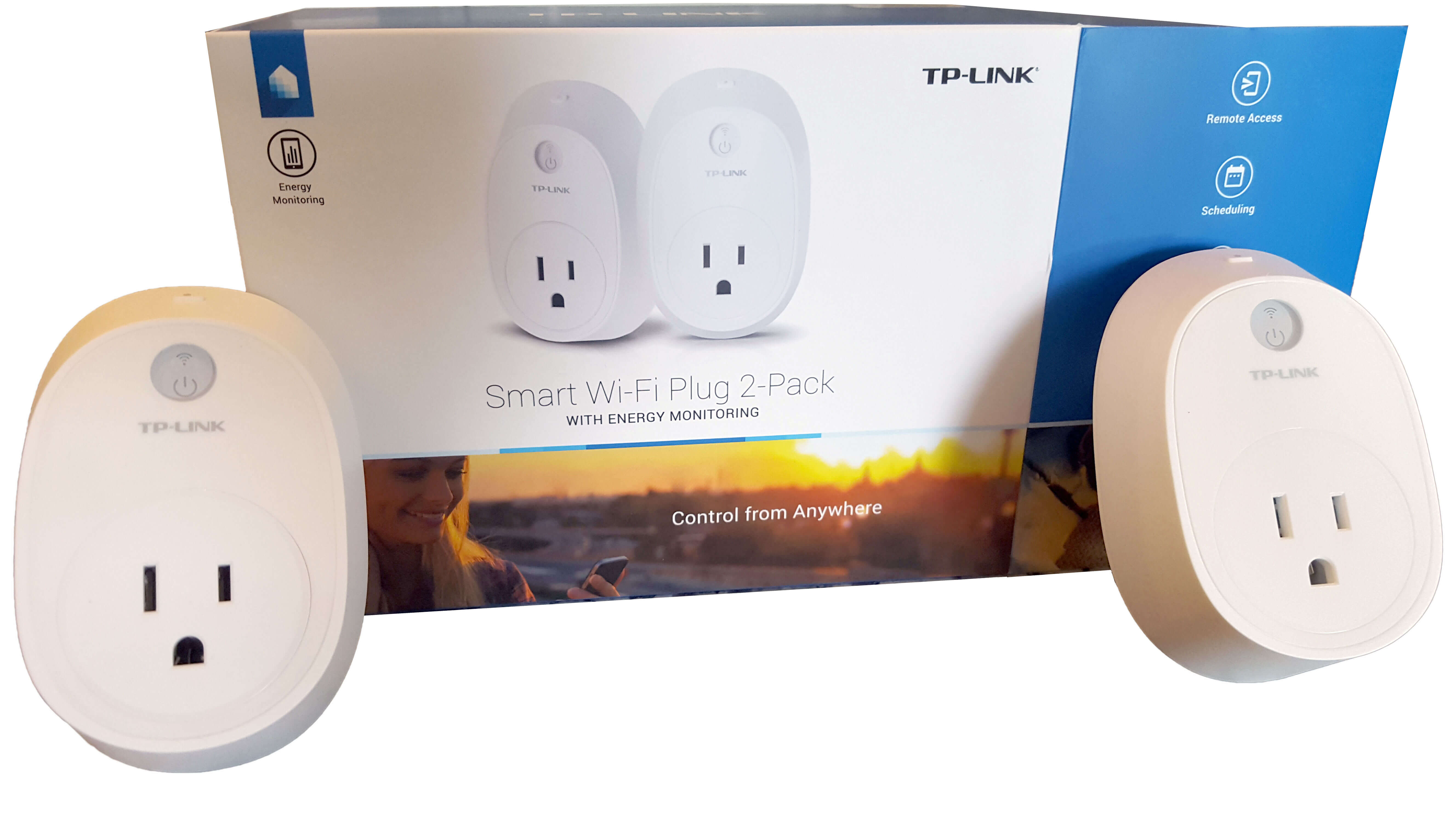Smart home assistants are quickly gaining traction among consumers and as a result, so are their smart home accessories. To go along with the Amazon Echo Dot, I picked up a pair of the TP-Link HS110 Smart Wi-Fi Plugs ($35) with energy monitoring. These plugs are compatible with any Amazon Alexa device or Google's Home Assistant speakers. Each plug uses a 2.4GHz Wi-Fi connection to connect to an existing home network.
Once up and running, these plugs can be used for remote control of devices from anywhere that you have an internet connection. They can also be used to measure how much power appliances or other electronics are pulling from the wall and provide an estimated cost of use.
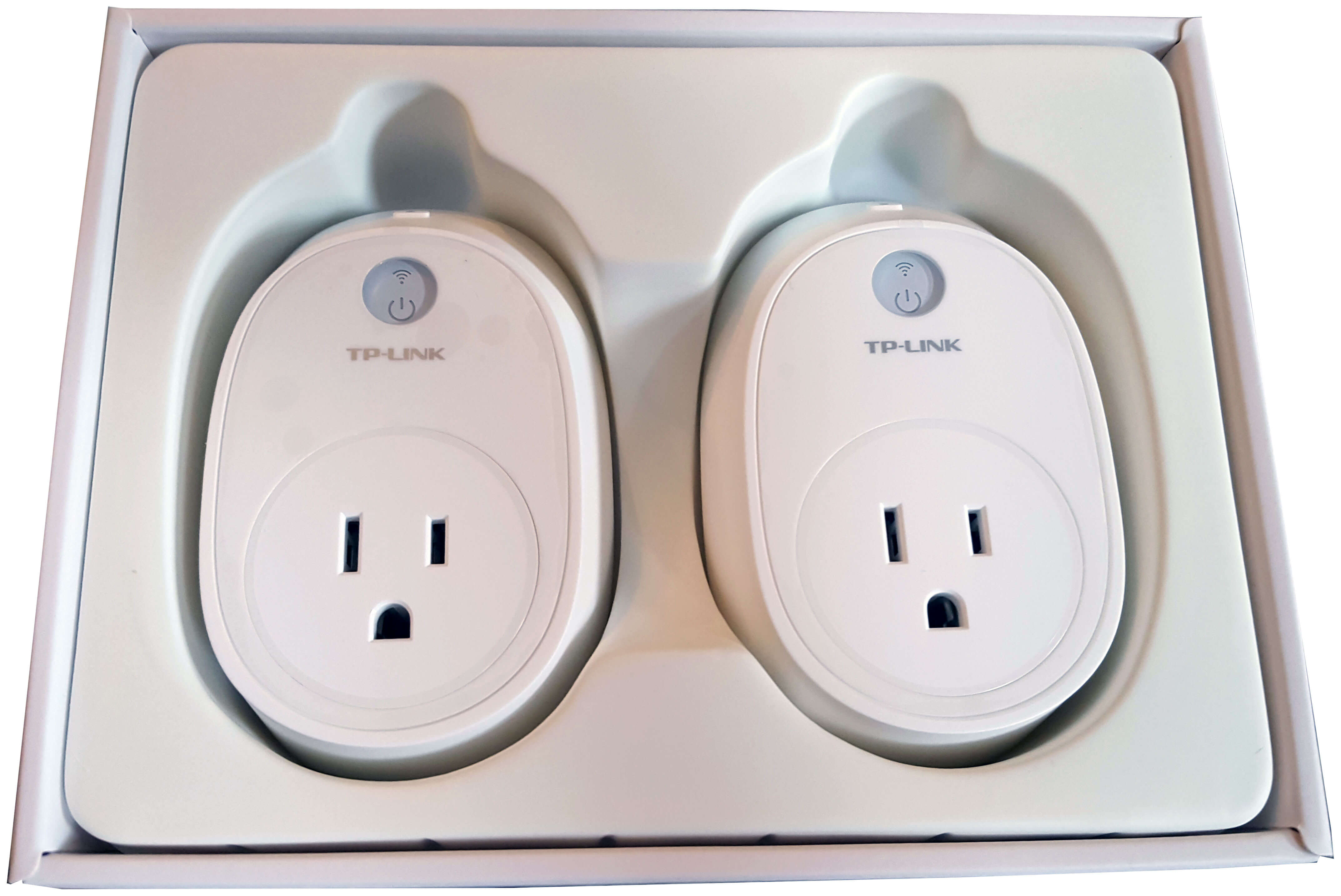
Opening up the box reveals both plugs sitting in a plastic tray. A quick start guide, tech support contact information, and a copy of the GNU General Public License were found on top of the plugs. Following the quick start guide proved to be very straightforward.
I installed the TP-Link Kasa app on my phone and then proceeded to create an account. After verifying my email address, adding both plugs to the app was extremely simple. Tapping the plus icon in the upper right hand corner offers a step by step walk-through of all the required actions.
Plug in each smart plug to an outlet and then wait for the power light to start blinking green and amber. Then, the app will have you connect to the SSID being broadcast by a plug. Entering your regular home network Wi-Fi credentials on the settings page, wait a few seconds for the connection to be made, and then your phone will be switched back to your home Wi-Fi as well. Set a friendly name for the plug in the Kasa app, and its all ready to go. Repeat the same process for the second plug.
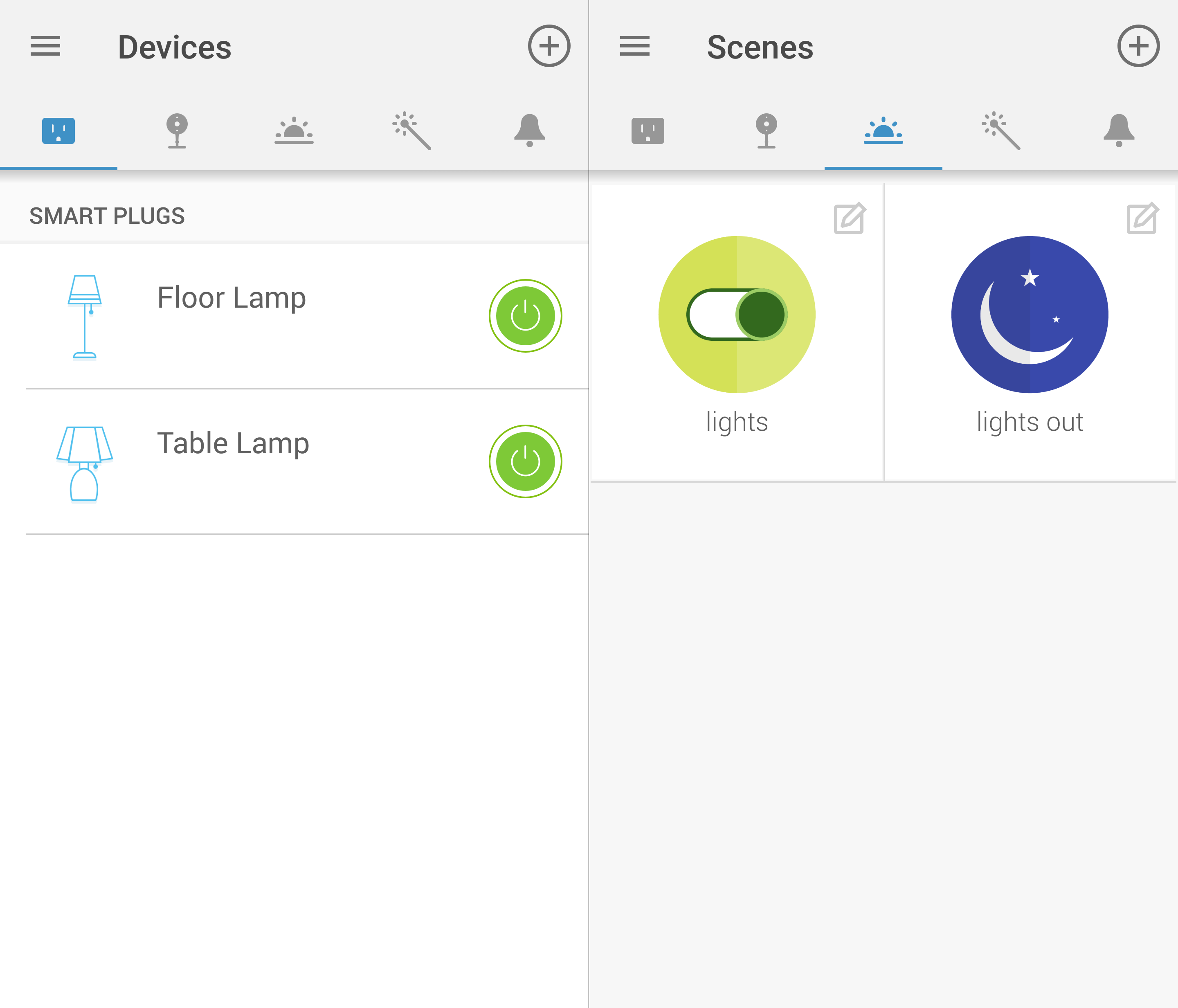
From inside the Kasa app, manual control of each plug is available by tapping the power button next to each. Moving over to the Scenes tab, TP-Link allows for grouping of different devices so that you can turn or off several things without having to say the name of each individually.
For example, a scene called "bedtime" could turn off the lights in all rooms of the house except for a bedroom. Scenes are easy to setup, but do have one small issue when working with Alexa. As far as Alexa is concerned, scenes can only be turned on.
Even though it seems natural to say "Alexa, turn off the living room lights," you would need to tell Alexa to turn on whatever the name of your scene is that turns off the lights in the desired locations. This minor inconvenience is due to how the required Kasa Skill for Alexa functions and could certainly be fixed with future updates.
Kasa also allows schedules to be setup to turn on and off different devices. There is also an away mode that allows devices to be randomly turned on and off throughout the day to make it appear as though you are home. I ran this mode for two days while I was home so I could actually watch what was happening, and am convinced that it works as intended. Both days were significantly different and more realistic than old rotary timers.
Using Kasa on Android offers a far better experience than iOS does at the moment. The ability to have a widget for immediate control over connected devices removes much of the clumsiness of controlling electronics remotely.
The HS110 does remember the last state if power is lost, so it is possible to turn on and off the plugs from a switch-controlled outlet. It takes 10 to 15 seconds for a plug to power on and reconnect to Wi-Fi, so it is not recommended to use a wall switch for manual control. If it takes significantly longer to control lights than just flipping a switch on the wall, it does not make sense to bother with automation.
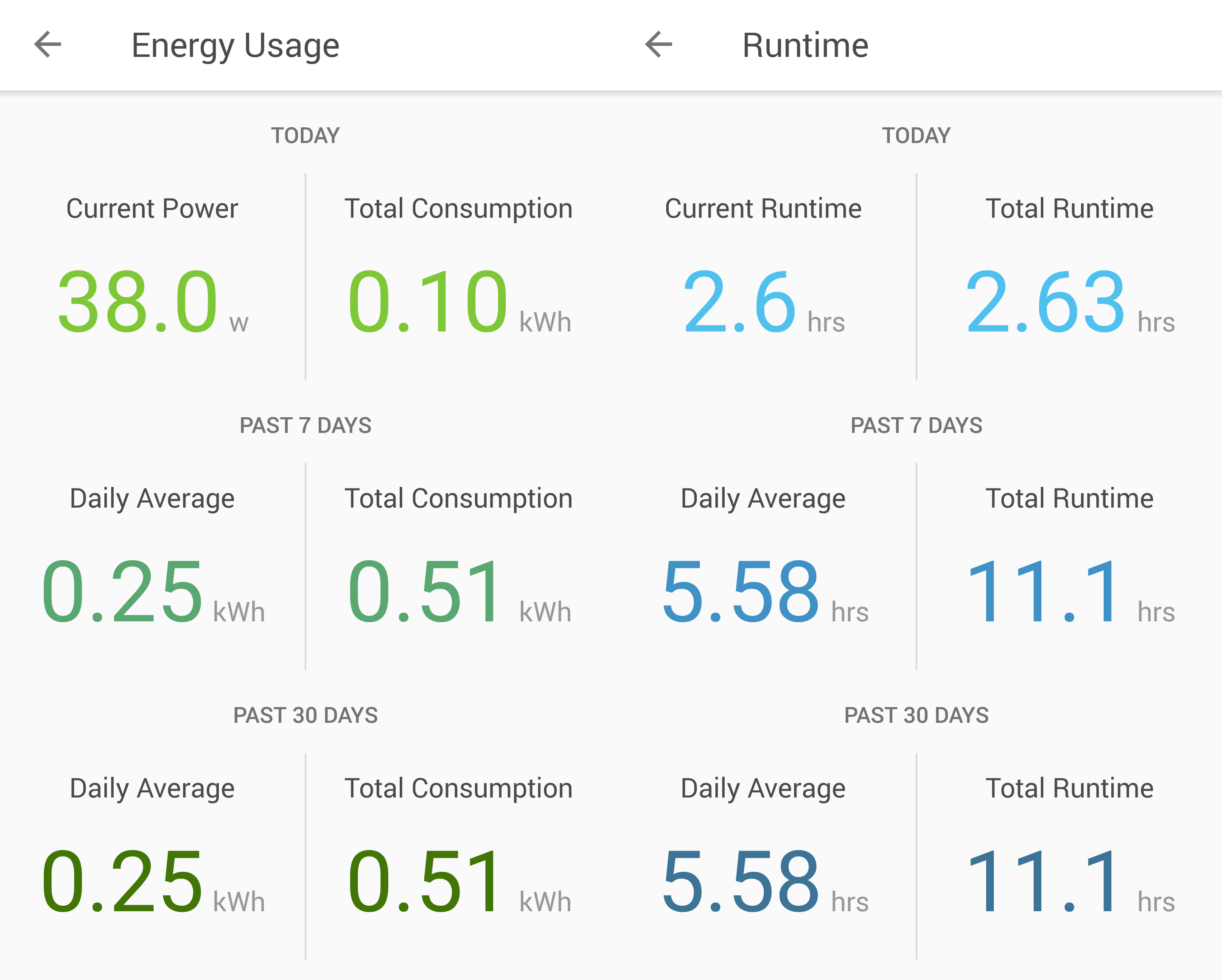
In terms of power monitoring, these plugs are consistent to one another. Plugging the same lamps into each reads the same amount of power consumption. However, power consumption measurements are not completely accurate. I found up to a 4% error in measured values when comparing to a clamp meter. The current power statistic varies by tenths of a watt fairly regularly even though the true power consumption is not changing.
Overall, the monitoring feature performed about as expected. Smart plugs are not designed to be scientific equipment and the level of error found is acceptable for their intended use.
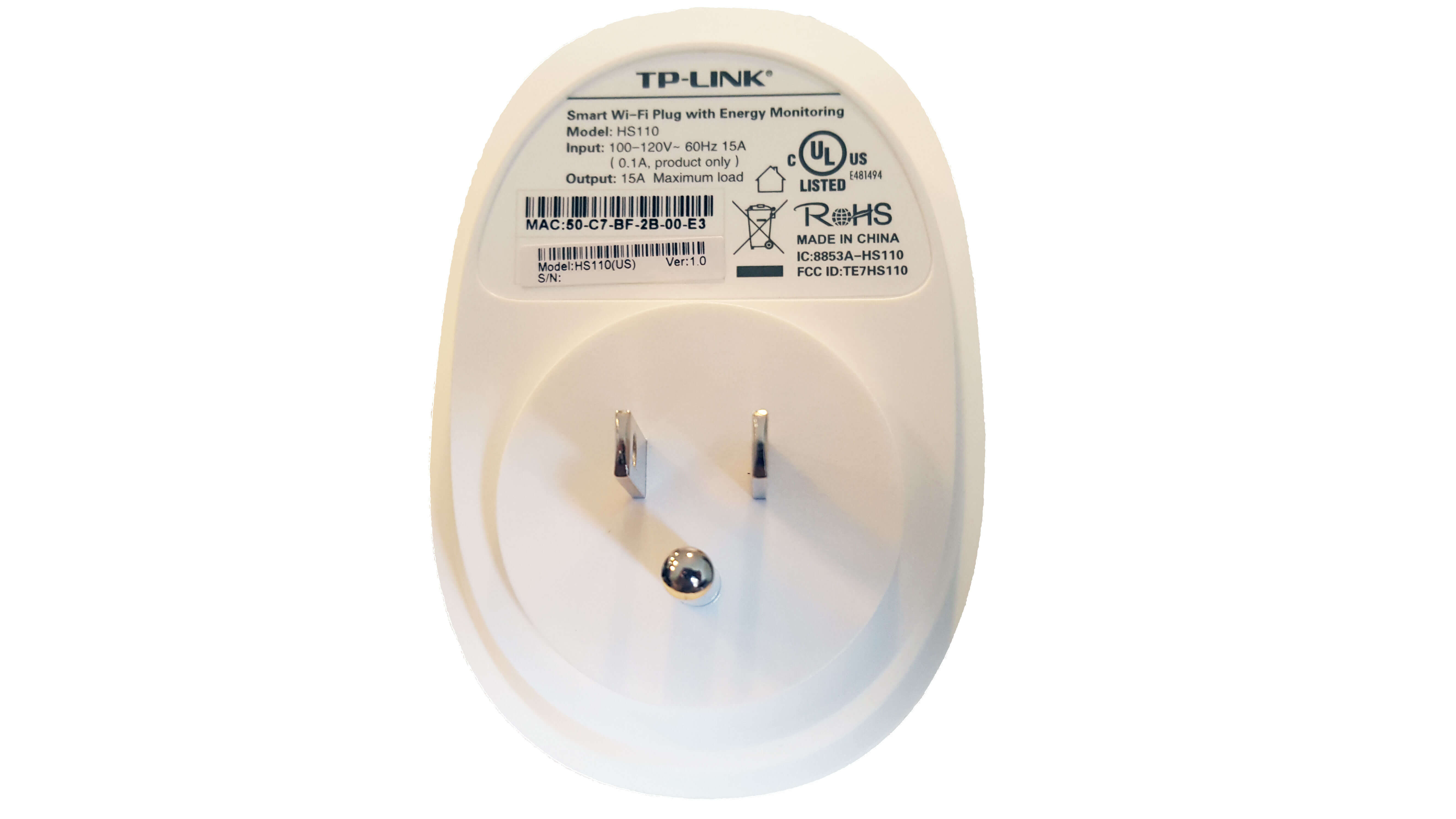
Upon initial purchase of these plugs, I went in with moderately high expectations. I expected that anything I own could be plugged in and would work without issue through one of these plugs. So far, that has proven to be true.
TP-Link has rated the HS110 model for up to 15 amps of current draw on a standard 120V, 60Hz line. Loading up each plug to just under 1500W with resistive loads proved to work without any signs of issues. The plugs did not heat up significantly and software control stayed fully functional when repeatedly turning on and off the switches. One point of consideration is that the HS110 is UL certified unlike many cheaper options, meaning it has passed a basic level of safety testing.
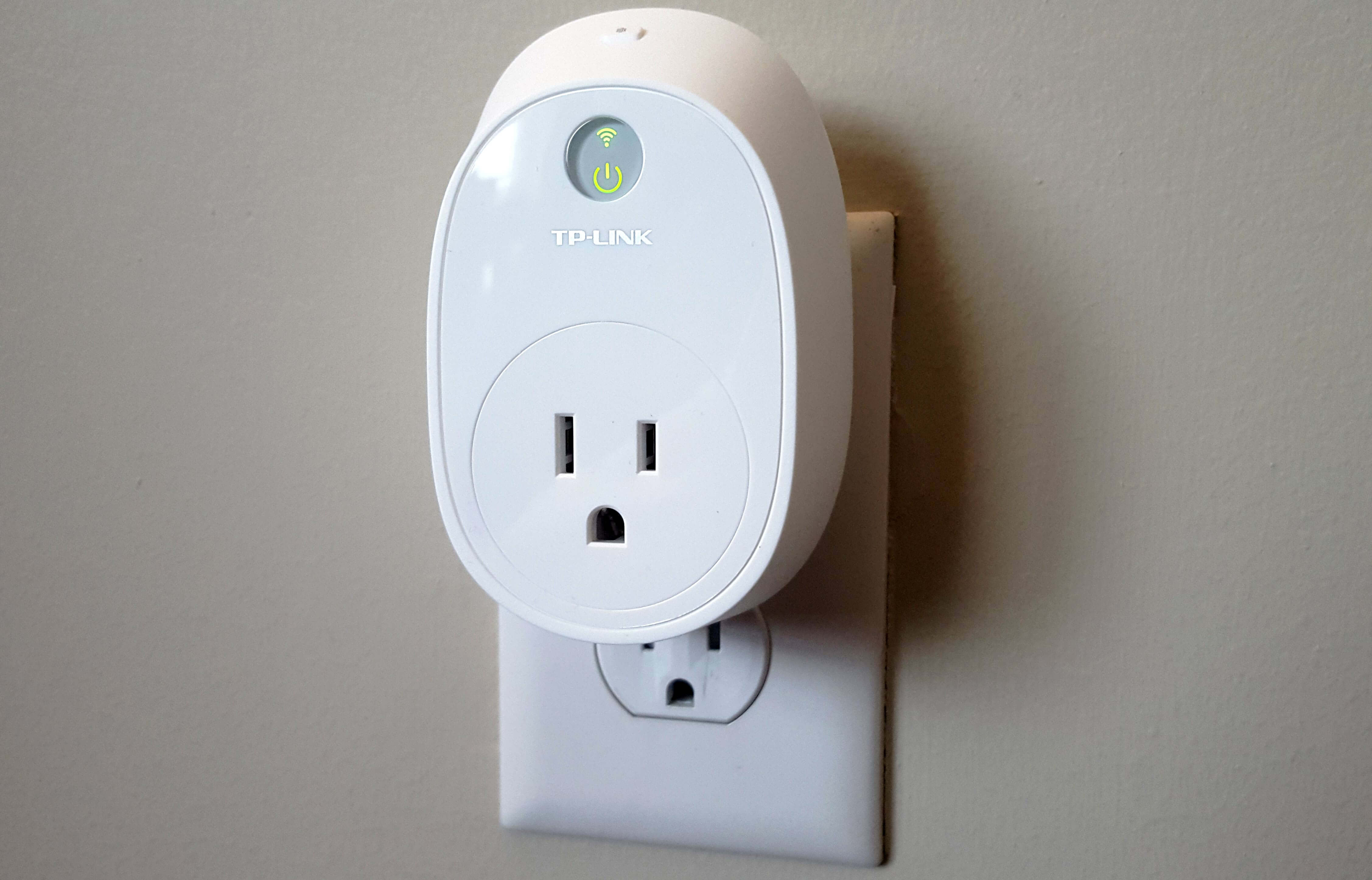
So far, the plugs have functioned well and have not given me any regular issues. Alexa will tell you that TP-Link services cannot be accessed if you say a slightly incorrect name of a scene or device which can be a little misleading, but once you are used to using a voice assistant, this is no longer a problem.
My number one complaint about these plugs is the physical monstrosity that they are. Yes, they need space for Wi-Fi, power monitoring circuitry, as well as space for high current conductors, but they block adjacent outlets in most cases. It is possible to fit a standard three-prong plug beneath the HS110 with careful insertion, but don't expect to fit a phone charger or any other device that is even slightly taller than a standard cord end. Reshaping the plug to have a flat bottom could have allowed for adjacent outlets to be usable. TP-Link does offer the HS105 Smart Wi-Fi Plug Mini, but there is no smaller option that also has built-in power monitoring.
Considering that there have been no issues with connectivity and the HS110 is rated to withstand any common use for smart plugs, it receives my recommendation.
Software is still far from perfect, but hopefully that will get better over time as the user base grows larger. If Scenes were able to be turned off or have all power states inverted, that would be a fantastic improvement.
In terms of price, the HS110 is a little pricey at its MSRP of $34.99 for a single plug and $69.99 for the two-pack. Thankfully, it does go on sale from time to time and has been seen for as low as $39.99 for a pair or even $9.99 when bought together with an Echo Dot (this was during Black Friday), making it far more affordable.
